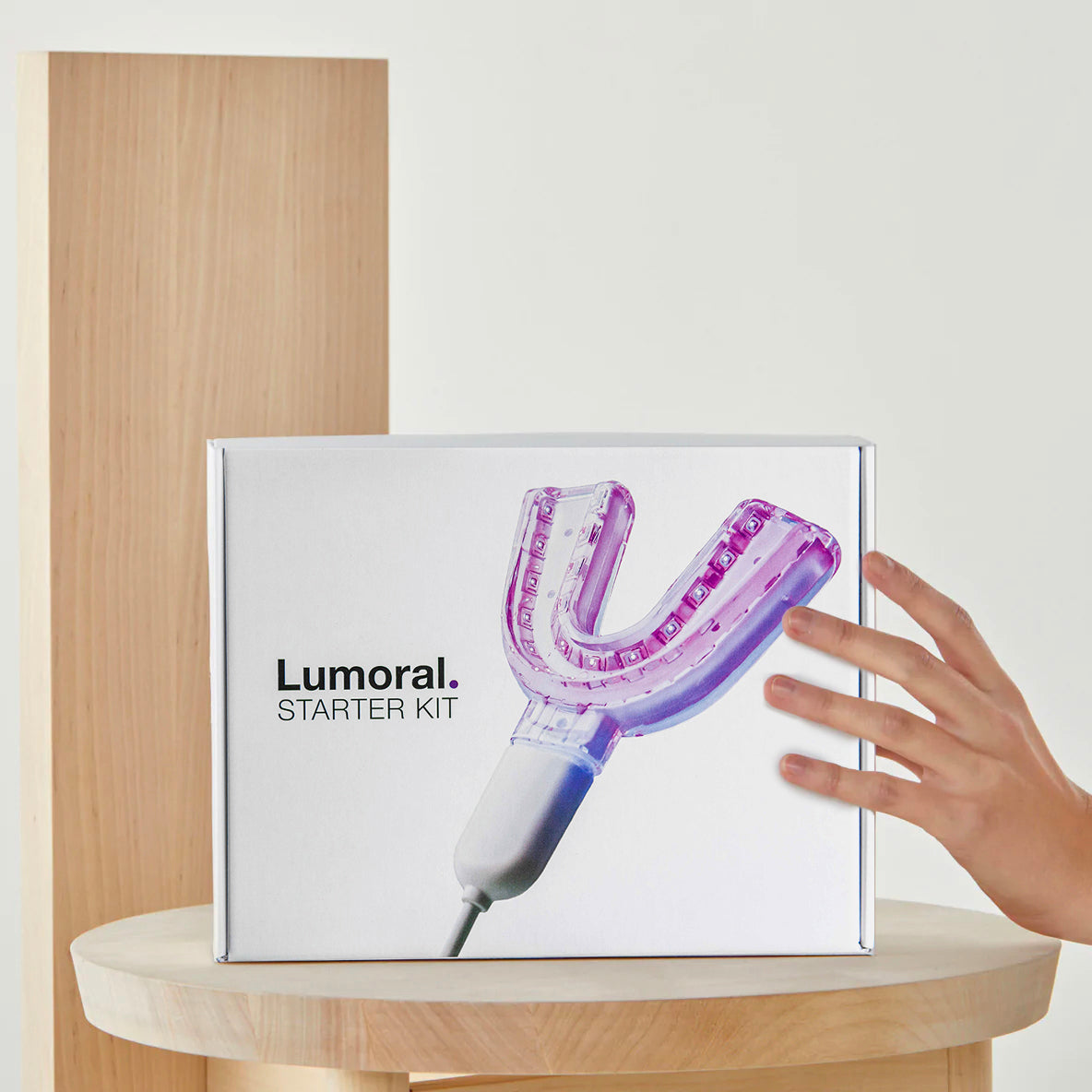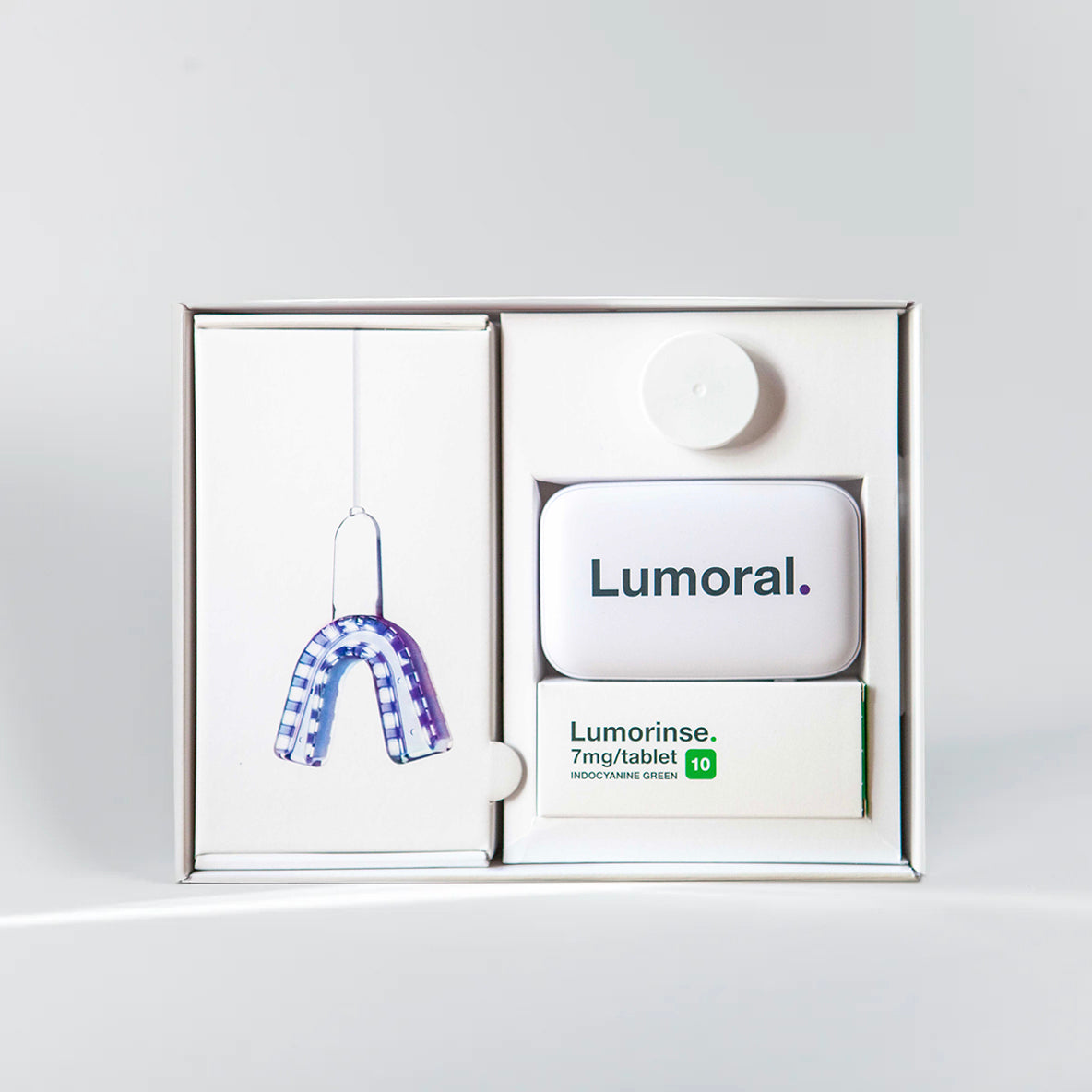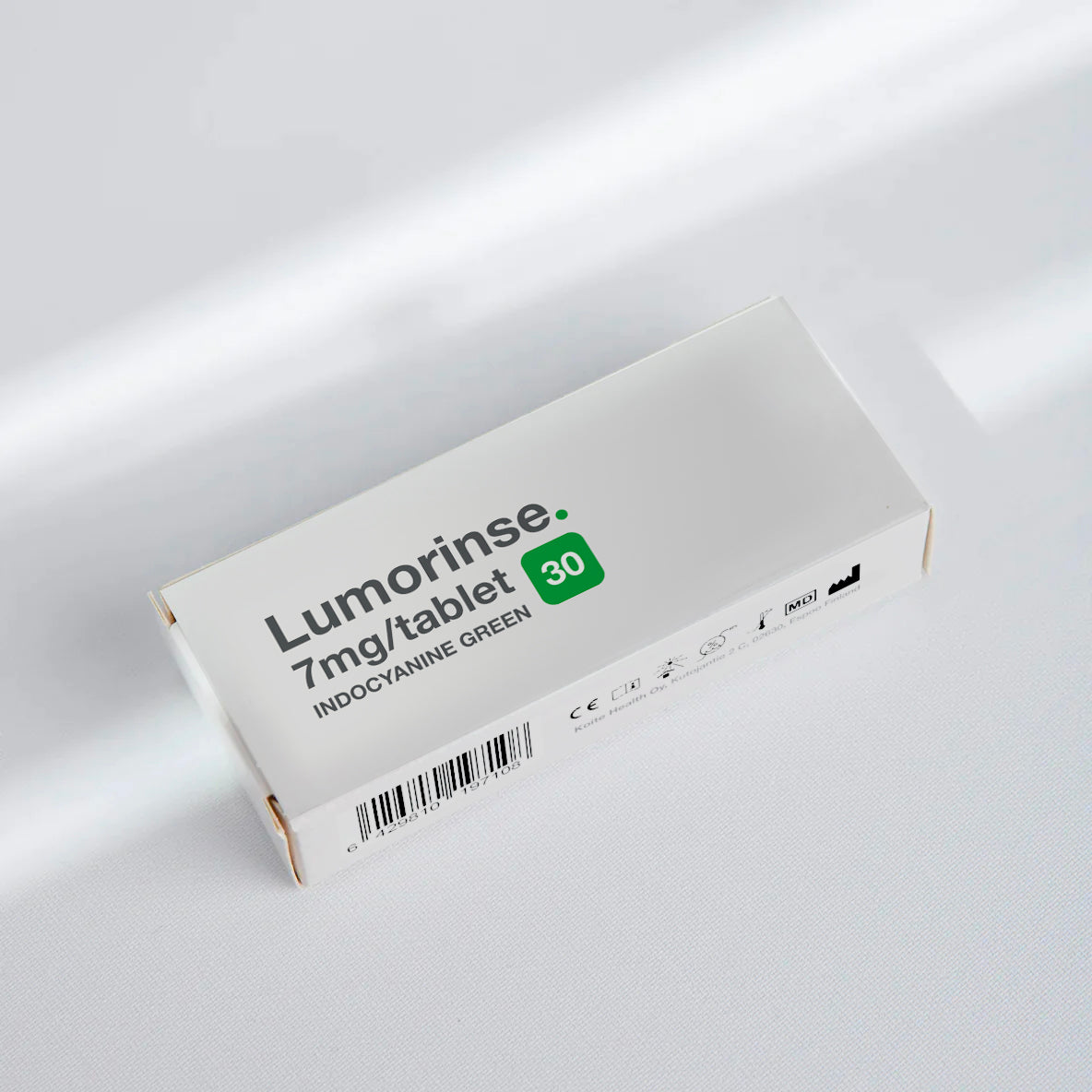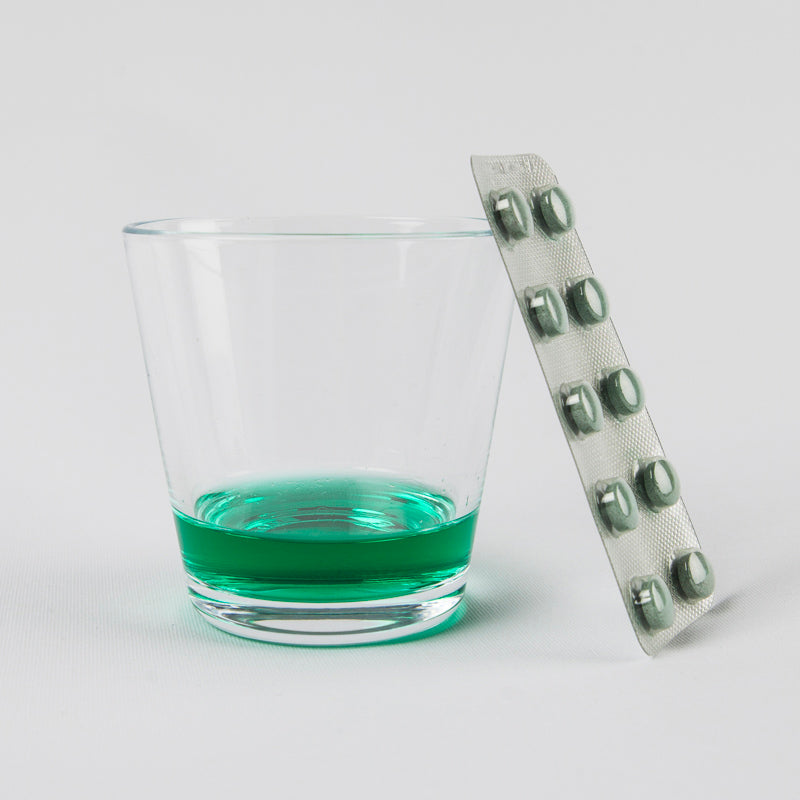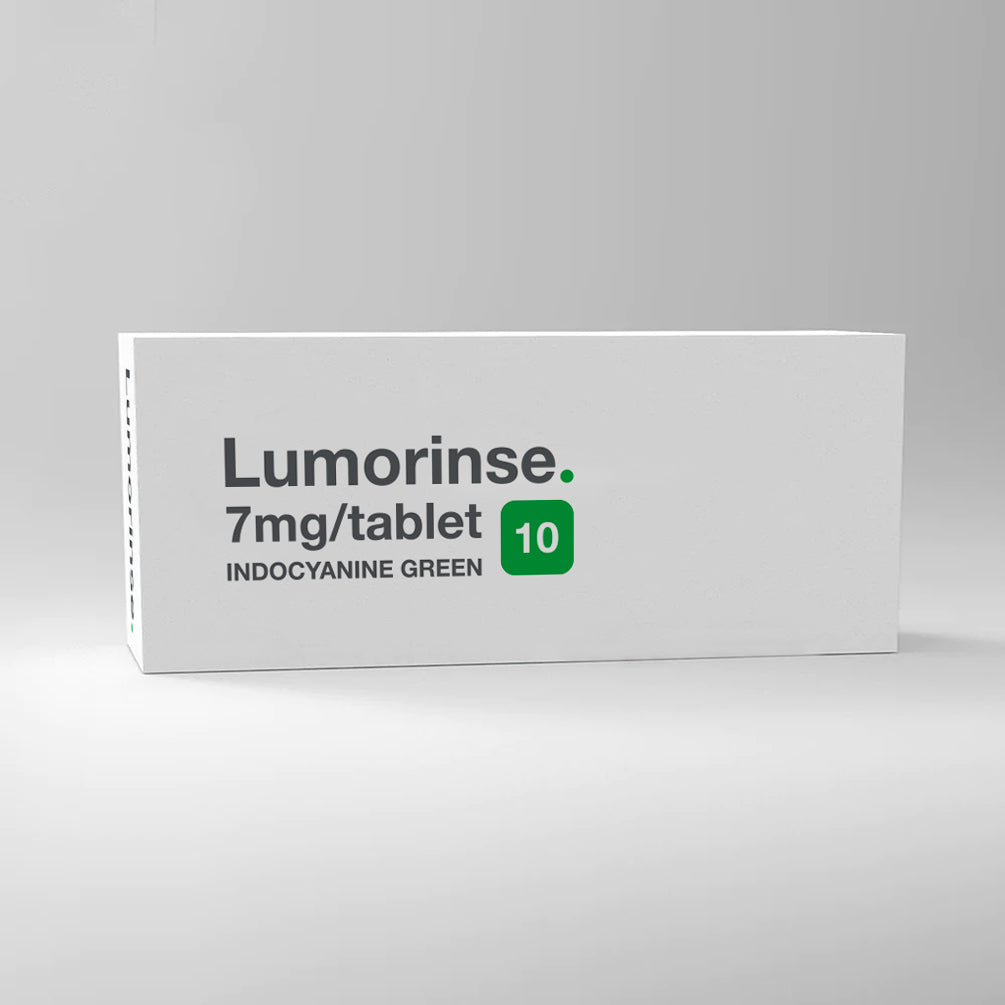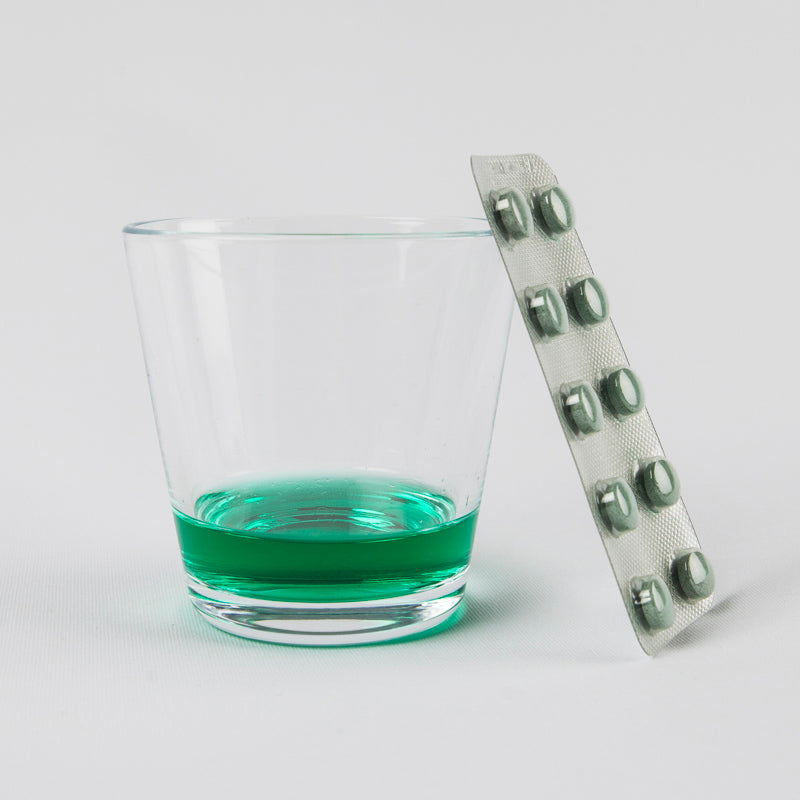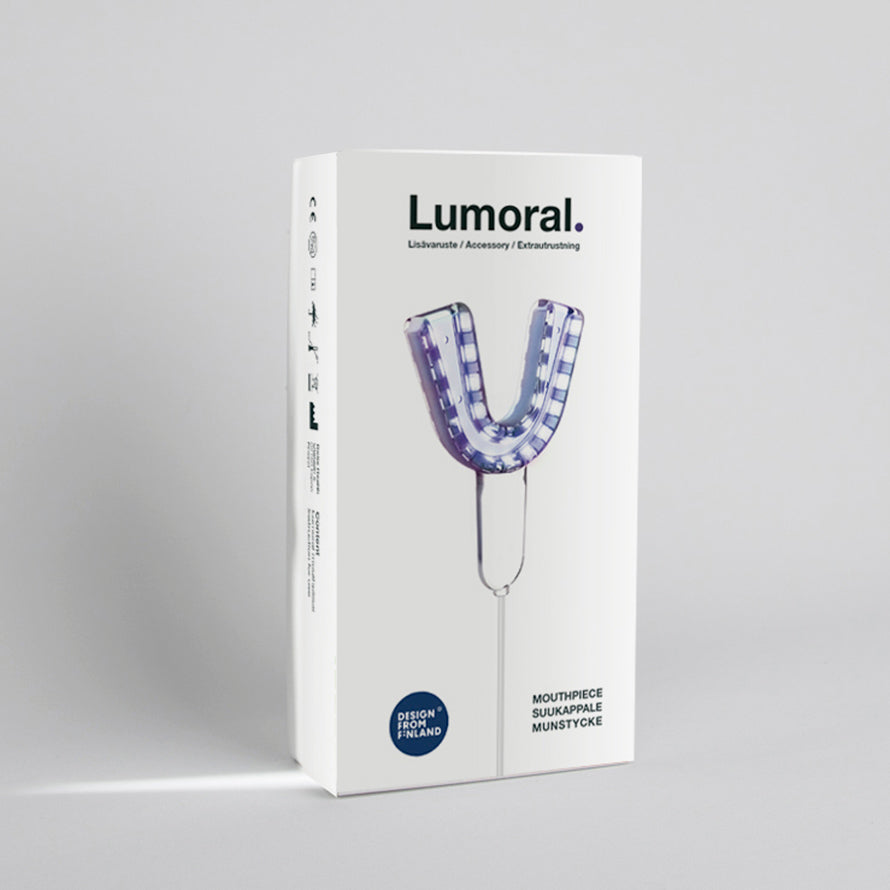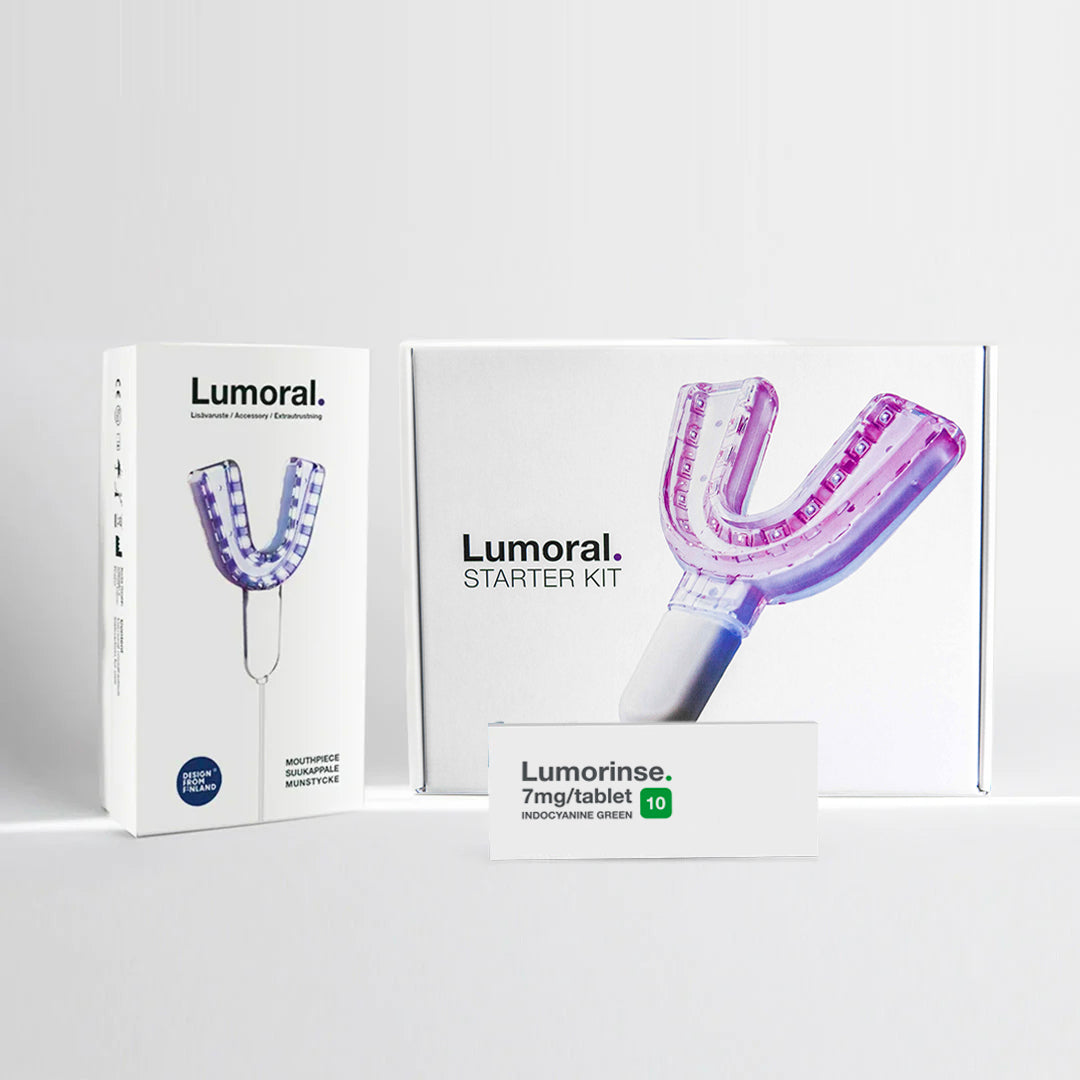
https://www.mdpi.com/1467-3045/44/3/85
Hanna Lähteenmäki, Tommi Pätilä, Ismo T. Räisänen, Esko Kankuri, Taina Tervahartiala and Timo Sorsa
Curr. Issues Mol. Biol. 2022, 44(3), 1273-1283; https://doi.org/10.3390/cimb44030085
Published: 8 March 2022
Abstract
Until now, in clinical dentistry, antibacterial photodynamic therapy (aPDT) has been restricted to in-office treatments, which hampers repeated applications. This pilot study tested the benefit of a commercially available Lumoral® device designed for regular periodontal dual-light aPDT treatment at home. Seven patients with peri-implant disease applied dual-light aPDT daily in addition to their normal dental hygiene for four weeks. A single Lumoral® treatment includes an indocyanine green mouth rinse followed by 40 J/cm2 radiant exposure to a combination of 810 nm and 405 nm light. A point-of-care analysis of active-matrix metalloproteinase (aMMP-8), visible plaque index (VPI), bleeding on probing (BOP), and peri-implant pocket depth (PPD) measurements was performed on day 0, day 15, and day 30. Reductions in aMMP-8 (p = 0.047), VPI (p = 0.03), and BOP (p = 0.03) were observed, and PPD was measured as being 1 mm lower in the implant (p = ns). These results suggest a benefit of regular application of dual-light aPDT in peri-implantitis. Frequently repeated application can be a promising approach to diminishing the microbial burden and to lowering the tissue destructive proteolytic and inflammatory load around dental implants. Further studies in larger populations are warranted to show the long-term benefits

